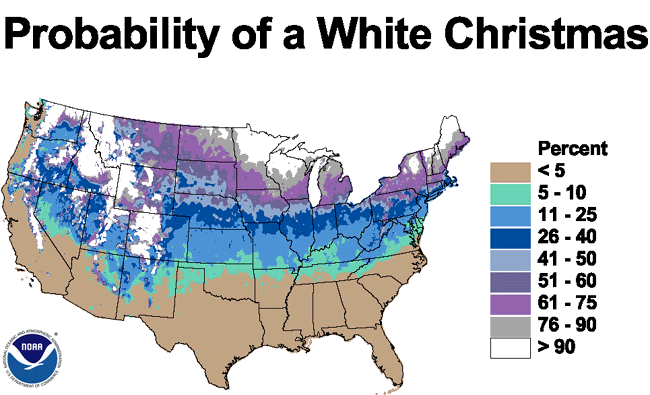Twig Walkingstick lives in and around the Wooster campus of the Ohio Agricultural Research and Development Center. His alter ego is Kurt Knebusch, one of our super-talented writers and editors on campus. Each month, look for Twig to answer a reader questions and some additional interesting facts below. After Twig's post, we will be providing some ideas and suggestions on how to incorporate the info in Twig's column into fun science learning for your students and children.
Q. Dear Twig: Where do deer sleep during winter?
A. In two kinds of places. The choice depends on whether it's daytime or nighttime. (I assume here a cold, snowy winter where the deer is. Are.)
At night, deer tend to sleep near coniferous ("kuh-NIFF-er-us") trees. (Coniferous trees you know might include pines, firs, spruces and hemlocks.) A usual spot is next to a trunk under thick, low, sheltering branches. The branches serve as a roof and a blanket. They keep out the wind, slow down how fast heat gets lost and help the deer save energy. A key for a deer to survive winter is to save energy.
During the day, deer sleep more in the open, away from deep, dark woods, a lot of times on a fill facing south or west. Why: To be in the sun. The sun's heat makes them warm. Or at least not as cold.
The technical term for both places is "bed sites." Deermay "bed" —lie down, sleep, or just hunker down and relax—at times throughout the day or night.
Long winter's nappilu,
Twig
P.S. Ohio's native deer is the white-tailed deer. Out west look for mule deer. Also, mules.
Notes from Twig:
- Mules, but not mule deer, like in Ohio too of course. And in many other places, such as "Hee Haw."
- Subspecies of the mule deer (note: not a mule) are the Sitka deer (ditto) and black-tailed deer (ditto ditto). White tailed subspecies are the Coues (said "cooze." "cows" or "coos," depending on who says it) deer and Florida key deer.
- Sources included "Winter Bed-site Selection by White-tailed Deer in Central Ontario," Journal of Wildlife Management, 1983.
- Ohio State's experts on deer and wildlife management in general, but not mules, work in the School of Environment and Natural Resources, specifically in the Terrestrial Wildlife Ecology Laboratory.
--
Using this information for education:
Many students are preparing to celebrate the holiday season and dreaming of what they may find under the Christmas tree. Unlike the Christmas trees inside homes which have presents underneath them, nature's Christmas trees (pines, hemlocks and firs to name a few) are often a present to wildlife in and of themselves.
Written by Colleen Monroe, A Wish to be a Christmas Tree is a fun holiday read that recounts the tale of a pine tree that has grown too large to ever be picked by a family as a Christmas tree. As he begins to cry, his woodland-creature-friends share how important he is to them...how he provides shelter from the storms with his branches, bedding for deer, and many other important benefits. Still sad, the tree is cheered when the animal s decorate him on their own and make him their own special Christmas tree.
This is a fun book to read during the holiday season, because it teaches the importance of friendship and helping others, but children can also learn about the important ecological functions of trees for wildlife in a fun way. And that includes providing cozy beds for deer in winter. Thanks, Twig!






































